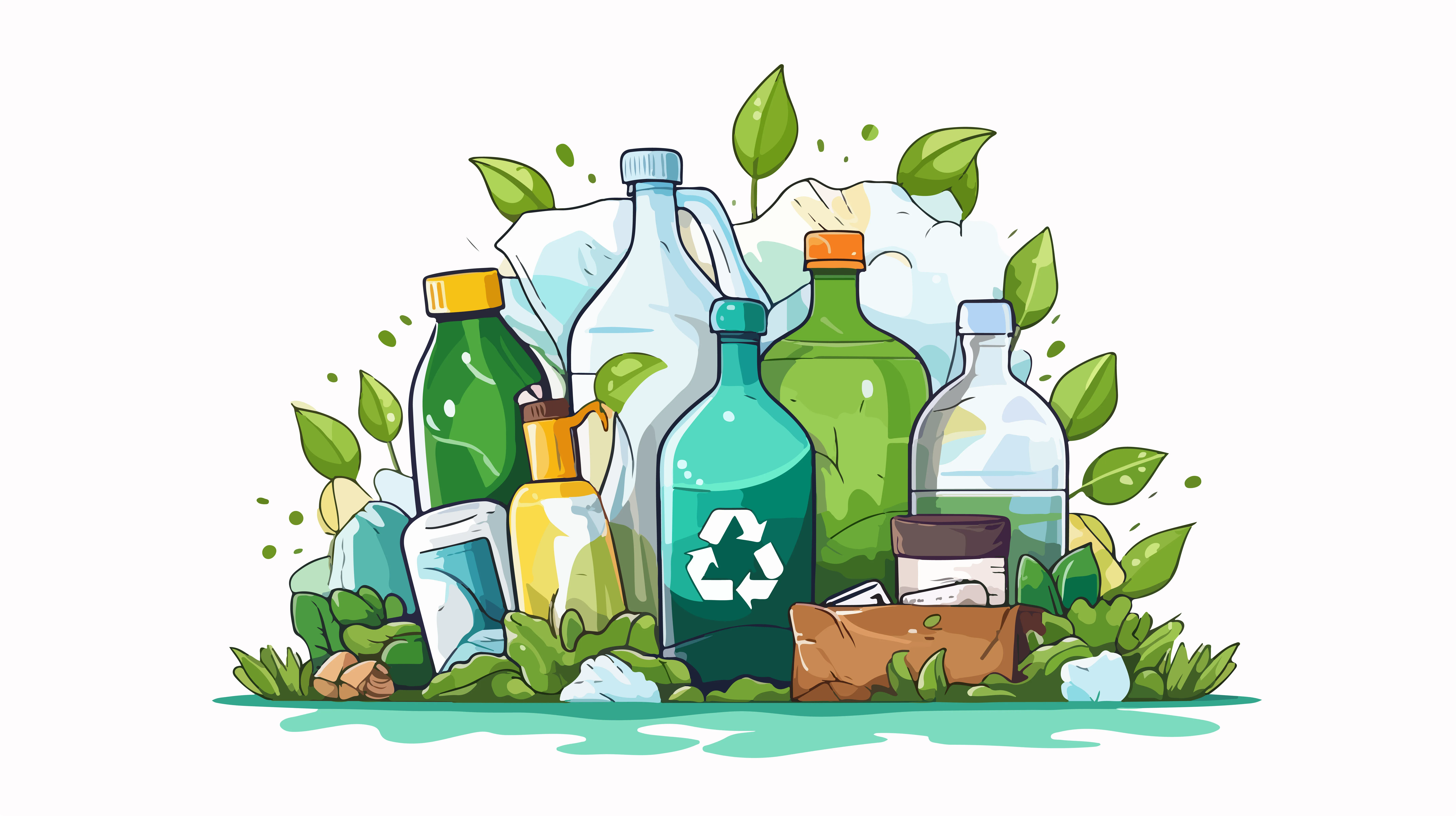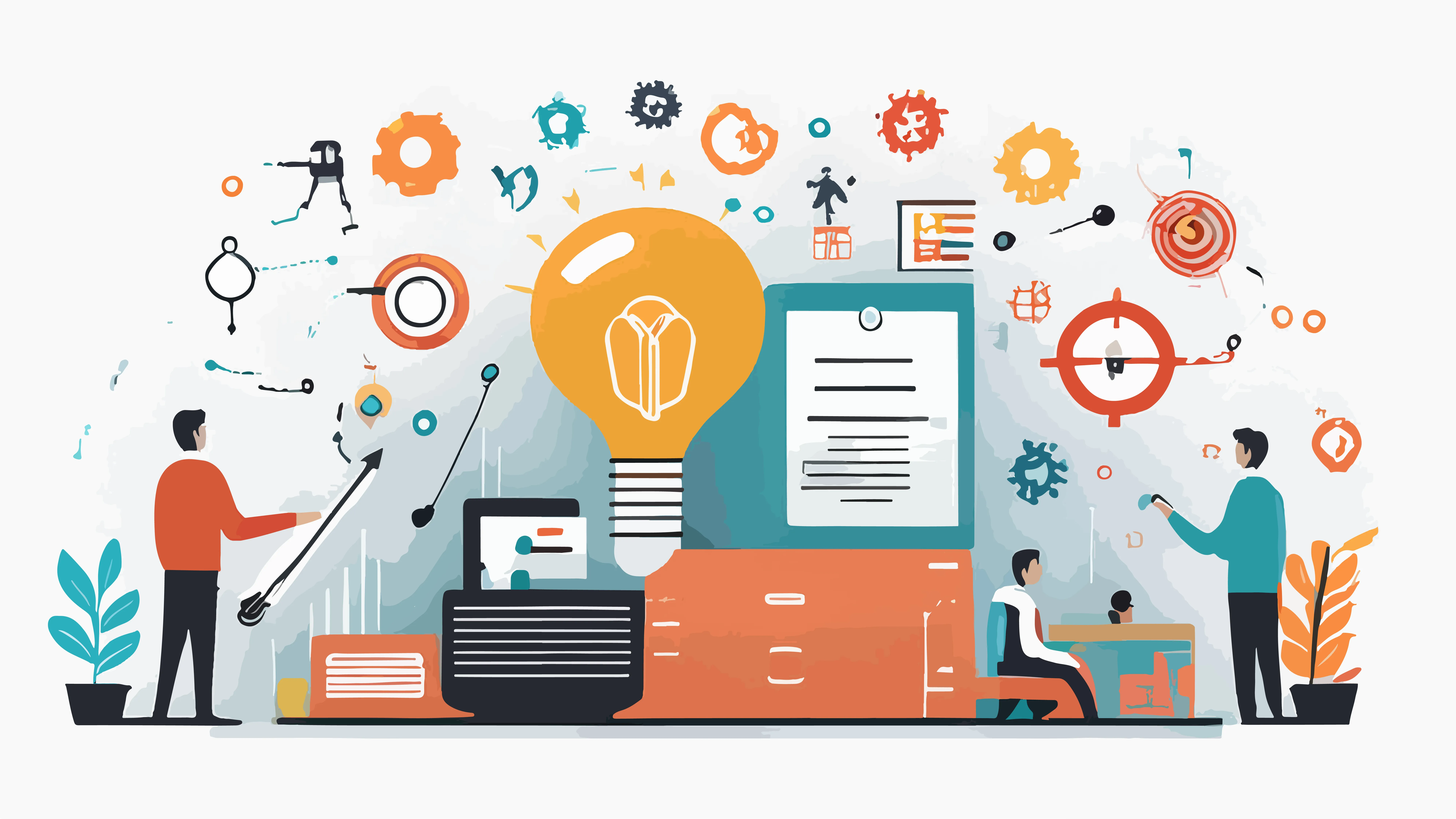The pharmaceutical industry makes a substantial contribution to global health through the safe and effective supply of drugs. But because so much plastic is used in packaging, it also adds a lot to the garbage generated by plastic. The demand for sustainable alternatives grows as environmental concerns increase. This blog examines the urgent need for pharmaceutical packaging to move away from plastic and looks at several exciting alternatives, as well as any potential effects they could have on the environment or the business. To that end, World BI organizes conferences that bring together suppliers and manufacturers, enabling them to choose the best partner to meet the right partner for their packaging and labelling needs.
Plastic Packaging's Effect on the Environment:
The pharmaceutical sector has relied heavily on plastic packaging because of its affordability, robustness, and adaptability. Its effects on the ecosystem, however, are significant. Fossil fuels are largely used in the manufacture of plastic, which increases greenhouse gas emissions. Furthermore, a lot of plastic waste especially single use plastic ends up in landfills or the ocean, where it can take centuries for it to break down and pose serious threats to ecosystems and species.
Drivers of Change:
Regulatory Pressure:
- Governments and regulatory agencies throughout the world are exerting pressure to tighten laws governing the use of plastics.

Consumer Demand:
- People are becoming more conscious of how plastic affects the ecosystem.
- Pharmaceutical businesses are being forced to reconsider their packaging tactics as a result of consumer demand for more environmentally friendly packaging solutions.
Corporate Responsibility:
- As a growing number of businesses realize, sustainability is critical to their successful business plans.
- Using environmentally friendly packaging corresponds with the larger objectives of corporate social responsibility and improves a company's brand image.
Substitutes for Plastic Packaging That are Sustainable:
Bio-Degradable Polymers:
- It composed of sustainable materials like corn starch, biodegradable polymers decompose more readily in the environment.
- With a smaller environmental impact, these materials provide advantages comparable to those of conventional plastics.
Paper & Cardboard:
- Paper and cardboard are already often used in secondary packaging, but they also make great primary packaging substitutes.
- The creation of coated papers that offer the essential barrier qualities for medicines is a result of advances in material science.
Glass:
- Especially for liquid drugs, glass is a tried-and-true pharmaceutical packaging material.
- It is entirely recyclable and inert, which means the drug won't interact with it. But compared to plastic, it is more delicate and heavier.
Metals:
- Tinplate and aluminum are sturdy substitutes for packaging, particularly when it comes to lotions, ointments, and powders.
- These materials offer superior resistance to light and moisture and are extremely recyclable.
Plant-Based Polymers:
- Advances in material science have resulted in the creation of polymers, such polylactic acid (PLA), that are produced from plants.
- These substances are biodegradable and offer a strong barrier for a variety of medicinal uses.
Challenges in Transitioning to Sustainable Packaging:
Regulatory Compliance:
- To guarantee the security and effectiveness of the drug, pharmaceutical packaging needs to adhere to strict regulations.
- To demonstrate that new materials can preserve the integrity of the product, they must go through extensive testing.
Cost Implications:
- The cost of sustainable materials may be higher than that of conventional plastics.
- Some businesses may find it difficult to make the initial investment in new materials and technologies, but costs should go down as demand and production volume rise.
Alterations to the Supply Chain:
- Changing to new packaging materials necessitates modifications to the production, storage, and transportation phases of the supply chain.
- Businesses must make sure that these modifications don't affect the availability and quality of pharmaceuticals.
Consumer Acceptance:
- The acceptability of novel materials by consumers is a variable factor, regardless of the rising need for sustainable packaging.
- Providing customers with information about the advantages and security of these innovative packaging options is imperative.
Case Studies and Innovations:
GlaxoSmithKline (GSK):
- GSK has led the way in implementing environmentally friendly packaging.
- For their toothpaste tubes, they have used plant-based polymers, and they are aiming to extend this to other product categories.
Pfizer:
- Pfizer has put into practice a thorough sustainability plan that include the use of recycled materials and waste-reducing packaging solutions.
Bio-Degradable Blister Packs:
- A few businesses are investigating the use of PLA-based biodegradable blister packs.
- The same functionality as conventional blister packs is provided by these packs, however they decompose more readily in the environment.
Refillable Containers:
- Using a creative strategy, several businesses are launching refillable medicine containers.
- Packaging waste may be considerably decreased by having patients return old containers for cleaning and refilling.
Future of Pharmaceutical Packaging:
Environmental requirements and customer expectations are driving a move away from plastic, which is more than simply a trend. An innovative, regulated, and customer-focused strategy is what will shape pharmaceutical packaging in the future.
Research & Innovation:
- It's essential to keep funding research and development.
- The pharmaceutical sector will advance via investigating new materials, refining current ones, and coming up with creative packaging ideas.

Collaborating Efforts:
- Collaboration is necessary between pharmaceutical firms, material scientists, regulatory agencies, and consumers.
- Implementing sustainable packaging solutions may be accelerated by collaboration.
Support from Regulatory Agencies:
- These organizations are essential in helping to make the shift easier.
- Encouraging sustainable behaviors, establishing clear criteria, and funding research projects.
World BI Pharma Packaging & Labelling Forum, 2025:
All parties involved in the pharmaceutical sector must work together to make the difficult but necessary shift away from plastic packaging. Environmental preservation, improved business reputation, regulatory compliance, and satisfying customer demand for eco-friendly products are just a few advantages of sustainable packaging. Pharma packaging can eventually be free of plastic thanks to continuous innovation. Choosing environmentally friendly packaging is our duty to the next generation and a healthy world. Exclusive gatherings are organized by the Pharma Packaging & Labelling Conference, which provides a platform for distinguished executives, Heads, and Vice Presidents (VPs) from different companies to come together with the common goal of promoting worldwide knowledge. Give us a call, message or email at World BI.
We look forward to assisting with all of your packaging & labelling needs.